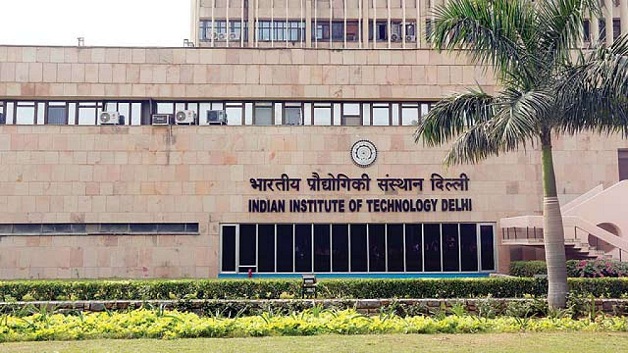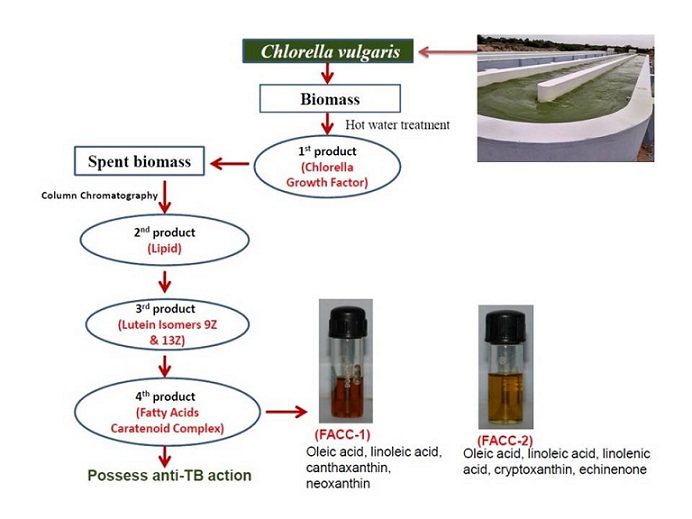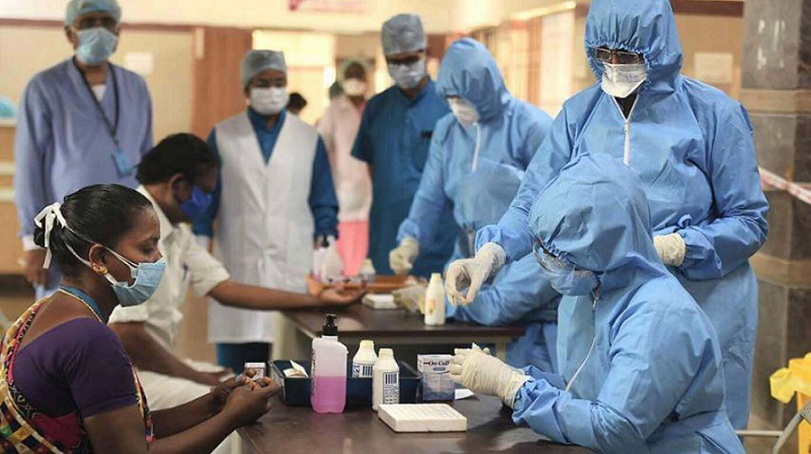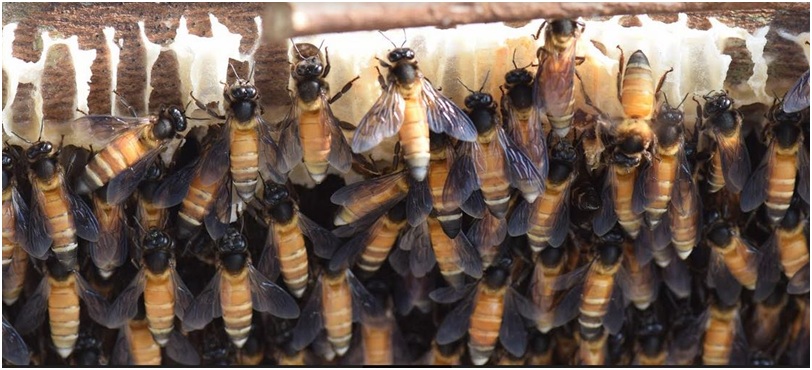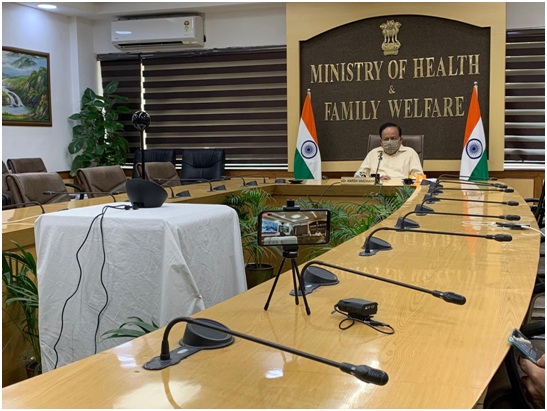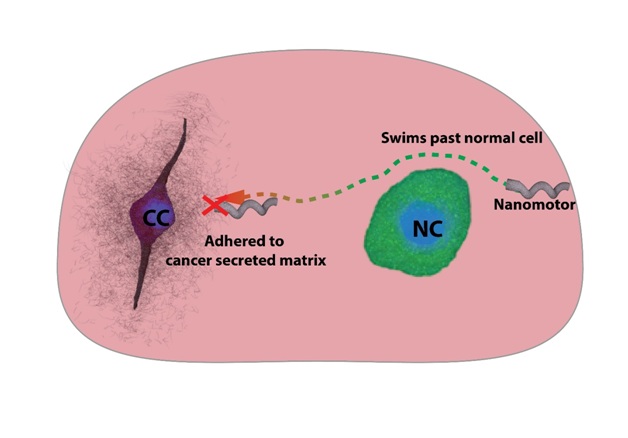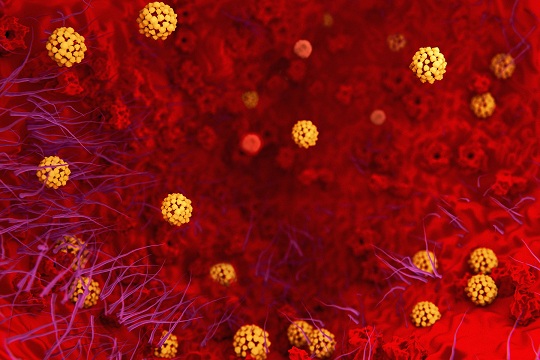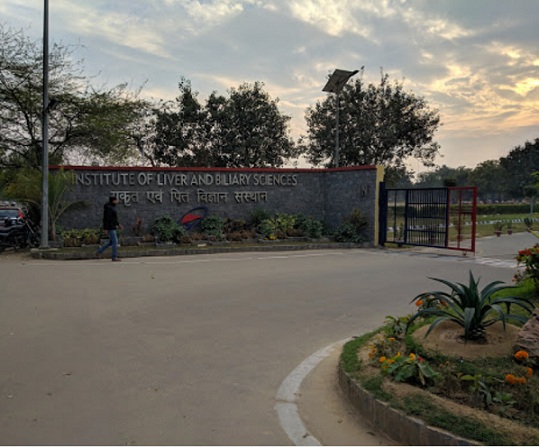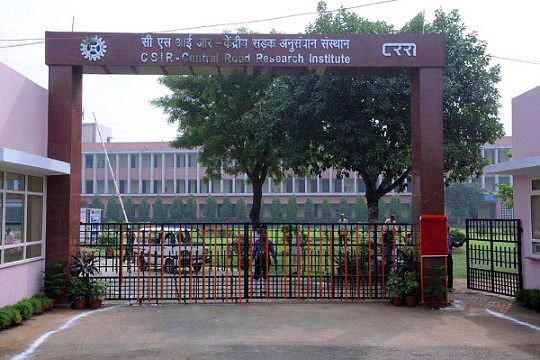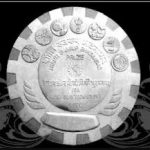
Clams-a marine mollusk is popular seafood prone to toxic bioaccumulation deleterious to human health
A recent study conducted by the National Centre for Polar and Ocean Research (NCPOR) and University of Madras, reveals that the southern Indian sea is under the grip of a cocktail of heavy metal pollution. The team of researchers, after analysing the sediment samples collected from low and high tides of the Coromandel coastal area, concluded that there are significant anthropogenic influences like population growth, industrialization, and urbanization along with other natural processes responsible for the heavy metal pollution. The result of the study revealed that though the study area is at a low ecological risk status as of now, they pose a serious threat to marine biota and human health unless appropriate measures are taken to stop the contamination.
The team led by Dr. Magesh investigated concentrations of heavy metals such as iron (Fe), chromium (Cr), manganese (Mn), lead (Pb), nickel (Ni), copper (Cu), cobalt (Co) and zinc (Zn) which are found to be under the safe limit defined by the Bureau of Indian Standards. However, scientists expressed their concern on the accumulation of a few lethal heavy metals in small quantities can also be dangerous to marine biota and human health due to bioaccumulation and biomagnification. These metals can remain in the sediments for thousands of years and there is no specific safe dose for them. “Even at low concentration, they are lethal”, said the researchers.
Bioaccumulation is a condition when an organism absorbs a toxin faster than the rate at which it is lost through the process of catabolism and excretion. Biomagnification is the increase in concentration of toxic chemical substances in the tissues of organisms at progressively higher levels in a food chain. People consuming sea food like clams (a marine mollusk) with toxic chemicals in their tissues would be at great health risk.
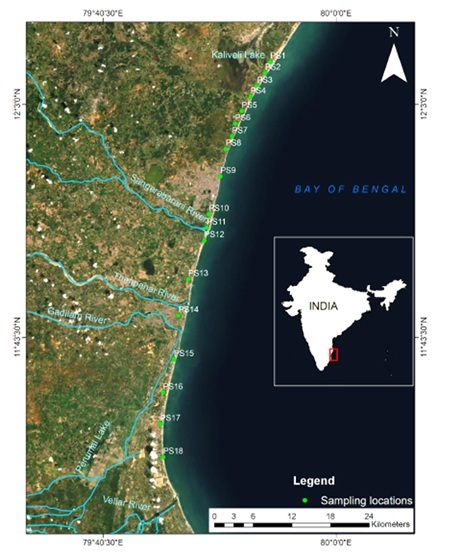
The Coromandel coastal area where study was carried out by NCPOR
Biomagnification is the increase in concentration of toxic chemical substances in the tissues of organisms at progressively higher levels in a food chain.
From the 36 samples of sediments collected from Coromandel Coast, the researchers found that 94.5% of all the heavy metals are under minor enrichment and the remaining 5.5% falls under background concentration or no enrichment. However, chromium (Cr) was found to be in the strongly contaminated category, whereas lead (Pb) was found in moderate to strongly polluted category. Manganese and zinc were found under a medium range of contamination and iron, nickel and cobalt were in the moderate contamination category.
Dr. Krishnakumar and his team said that the present study would help to address pollution-related problems and the collected data would act as baseline for future ecological investigations. They recommended a long-term plan to protect marine ecosystems from heavy metal pollution.
Led by Magesh N.S of National Centre for Polar and Ocean Research, Ministry of Earth Science and Krishnakumar S., the research team comprised of Kasilingam K., Pradhap D., and Saravanan. P. of Department of Geology, University of Madras, Gandhi K.S., Patel H.S., Prakash, P., and Muthukumaran S. of Department of Geology, Periyar University. The research work published in journal of Marine Pollution Bulletin.
India Science Wire
VS/MoES/MFA/29/10/2020
